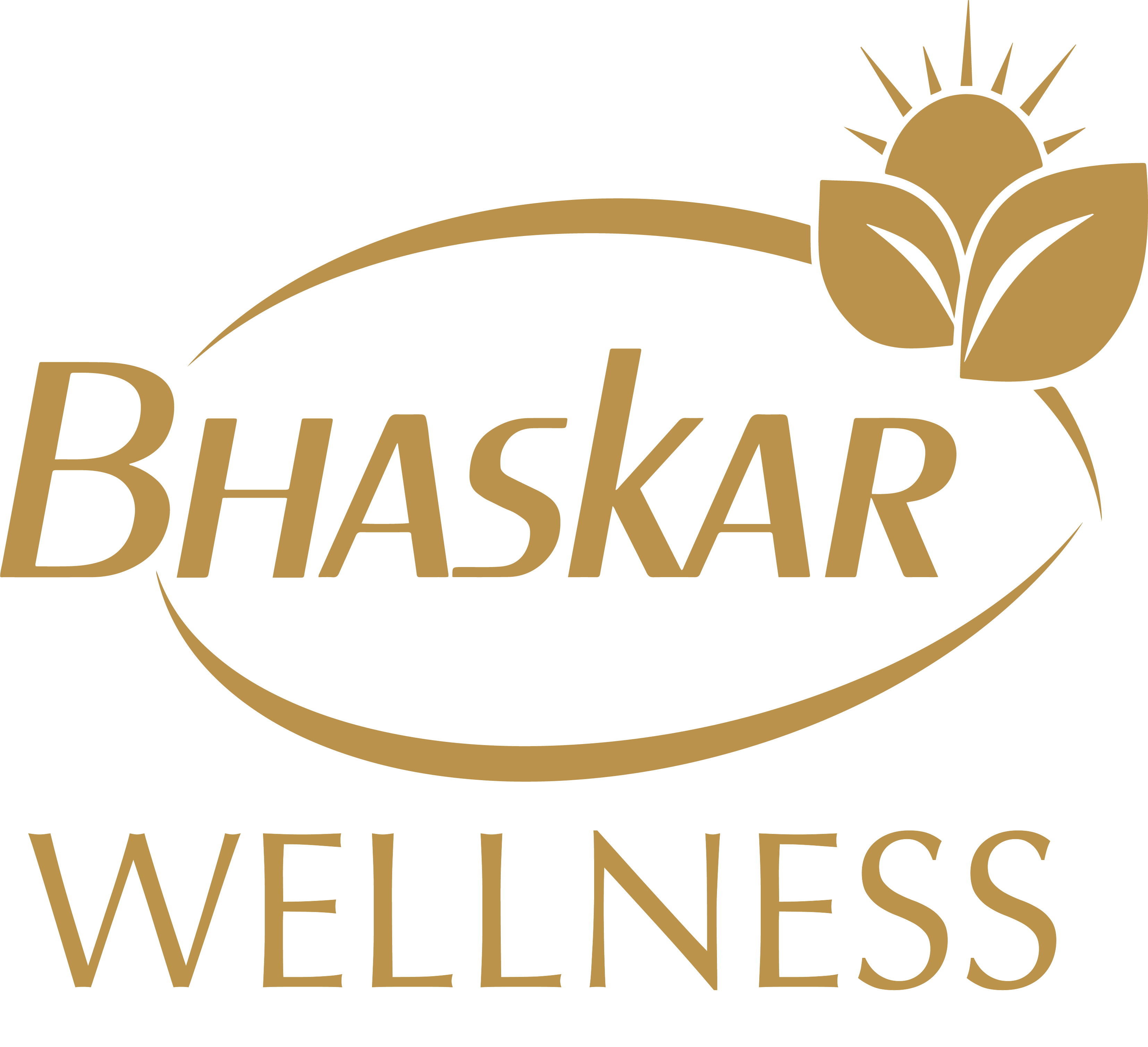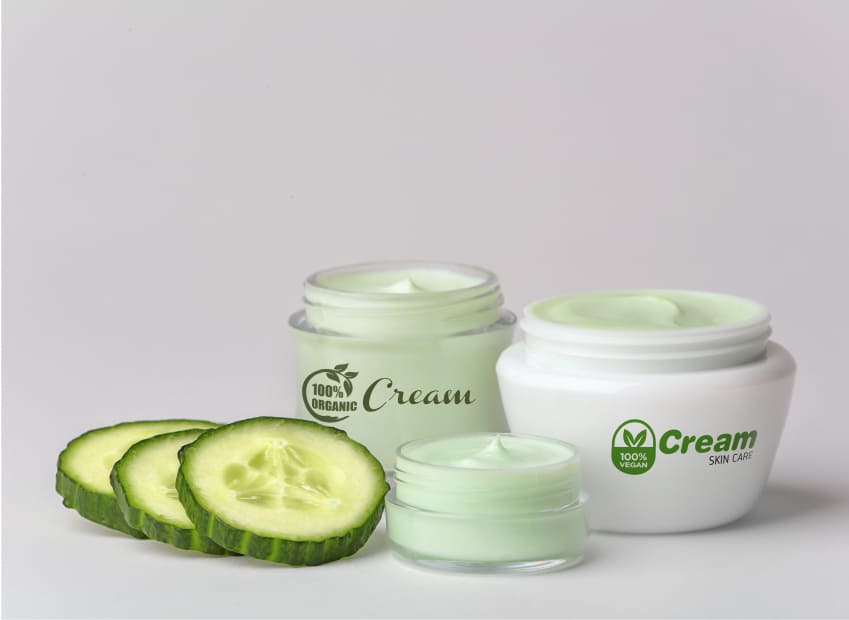Introduction:
The world of cosmetics is a dazzling array of colors, promises, and enticing claims. From fancy packaging to clever wordings, cosmetic products often captivate us with their allure. However, not all that glitters is gold, and the truth lies in the fine print on the label. In this blog, we embark on a journey to uncover the reality of cosmetic labels, unraveling the marketing tricks, deceptive symbols, and the imperative need for label clarity.
The Anatomy of Cosmetic Labels:
A cosmetic label is more than just a pretty face; it’s your first interaction with a brand and sets the tone for your entire experience. Beyond the captivating graphics and product claims, it contains vital information such as the product name, usage instructions, manufacturer details, and storage conditions. One crucial aspect is the list of ingredients, presented in various formats like INCI names, English names, Botanical names, or Sanskrit names for Ayurvedic products.
Marketing Tricks Exposed:
Cosmetic labels often play host to marketing tricks designed to captivate consumers. For instance, a product labeled ‘With Organic Argan Oil’ may emphasize the word “organic,” leading consumers to believe the entire product is organic when, in reality, only the argan oil holds that distinction. Similarly, terms like ‘vegan’ or ‘paraben-free’ may not guarantee a completely natural or cruelty-free product, necessitating a closer look at the ingredient list.
Deceptive Symbols and Certifications:
Symbols on cosmetic labels can be either helpful or misleading. Terms like ‘organic’ gain significance when certified, ensuring authenticity. However, symbols alone may not tell the full story. ‘No parabens’ or ‘no sulfates’ claims, while important, don’t guarantee the absence of other harmful ingredients. Clear understanding of symbols and certifications is key to making informed choices.
The Inevitability of Label Clarity:
Label clarity is not just a consumer demand; it’s a necessity. Every cosmetic product should transparently list all ingredients, leaving no room for hidden or omitted details. Clear labeling empowers consumers to make choices aligned with their preferences and health considerations. It allows individuals to identify potential allergens and choose products that align with their skincare goals.
Identifying Clear Brand Labels:
In a market flooded with products, identifying brands that prioritize label clarity becomes paramount. Brands like Farmherbs exemplify clear labeling practices, adhering to international guidelines such as those set by the Environmental Working Group (EWG) or Cosmetic Ingredient Review (CIR). Clear, concise, and truthful labels are a testament to a brand’s commitment to transparency and consumer well-being.
Conclusion:
As consumers, it’s essential to become adept label readers, peeling back the layers of marketing allure to reveal the truth behind cosmetic labels. The quest for clarity is not just about understanding what goes into a product but ensuring that every purchase aligns with your values and expectations. So, the next time you explore the world of cosmetics, let label clarity be your guiding light, empowering you to make choices that contribute to a healthier and more informed beauty regimen.

